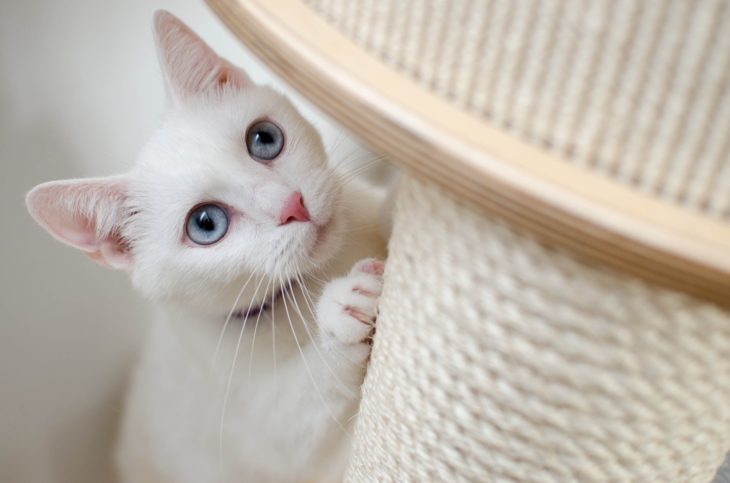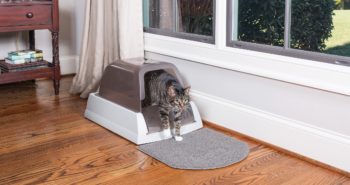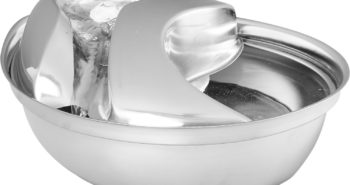Every cat owner has experienced the fear of hearing their cat suddenly start scratching at an unknown object. Upon hearing this sound, we typically jump up and try to figure out what’s being scratched, and to chase our cat away to try and discourage the behavior. Usually, it’s a piece of furniture or a patch of carpeting.
Once a cat starts scratching an object regularly, it’s very hard to get them to stop. Cats are creatures of habit, and they tend to stick to established routines. It’s important to try and stop unwanted scratching behaviors early so they don’t become habits.
But why does your cat feel the need to scratch in the first place? Understanding why cats scratch can make it much easier to control the behavior.
Why Do Cats Scratch?
1. Instinct
The scratching behavior is an innate instinct that emerges very early in kittenhood and continues throughout a cat’s life. Scratching is common among both indoor and outdoor cats as well as among both domestic and wild cats. Scratching behaviors are plentiful during kittenhood, as scratching plays a significant role in play. As cats age, the amount of scratching they do will decrease a bit, but you can expect a cat to keep scratching for its entire life.
2. Claw Maintenance
Cats scratch to remove the dead outer layer from the exterior of their claws, keeping them sharpened and ready for hunting. The claws on a cat’s front paws tend to be sharper than the claws on its hind paws. As a result, cats tend to scratch more frequently with their front paws than with their hind paws. To sharpen their hind paws, cats usually chew at them with their mouths.
3. Territorial Marking
Cats scratch to mark their territory and to leave a trace of their scent. In the wild, cats typically scratch logs or trees as a means of marking the boundaries of their territory. Cat paws contain scent glands that deposit a trace of a cat’s scent whenever they scratch, serving as a scent-based method for marking territorial boundaries.
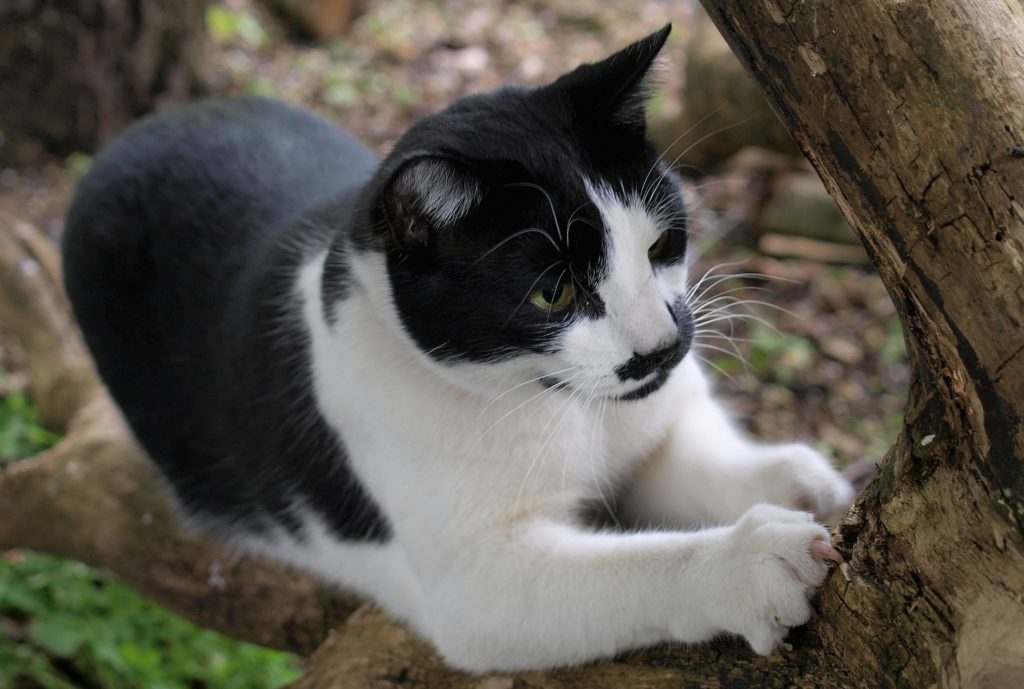
4. Exercise
Cats scratch as a means of stretching their legs and paws. The scratching motion allows a cat to stretch out its entire body, including its legs and back. Often cats will begin scratching as a precursor to additional hunter-like behaviors, including intense play. It serves as a form of warm-up exercise, getting the cat’s muscles (and claws) ready to spring into action.
5. Fighting
Scratching is a cat’s primary move for both attack and defense. Cats scratch while fighting, but they also scratch while playing or simply when they want to be left alone. If your cat takes a swipe at you, it’s important to consider the context. Cats may swipe at your ankles when they are feeling playful, but they may also swipe at your hand if you try to rub their belly or another part of their body they want you to stay away from.
Scratching and biting during play cannot be fully eliminated since they are the primary elements of a cat play session. Cats play by simulating hunting behaviors, so biting and scratching are going to be a part of playtime no matter what. It’s important to transfer scratching and biting onto toys and cat furniture and to encourage your cat to use them by providing reinforcement, including catnip, attention, and treats. Don’t encourage your cat to bite and scratch at your hand while they are a kitten. It may seem cute since most kittens are not able to bite or scratch hard enough to break the skin, but this behavior will be carried over into adulthood, where they can cause injury to their owner during what they believe is a harmless play session.
When Scratching Becomes a Problem
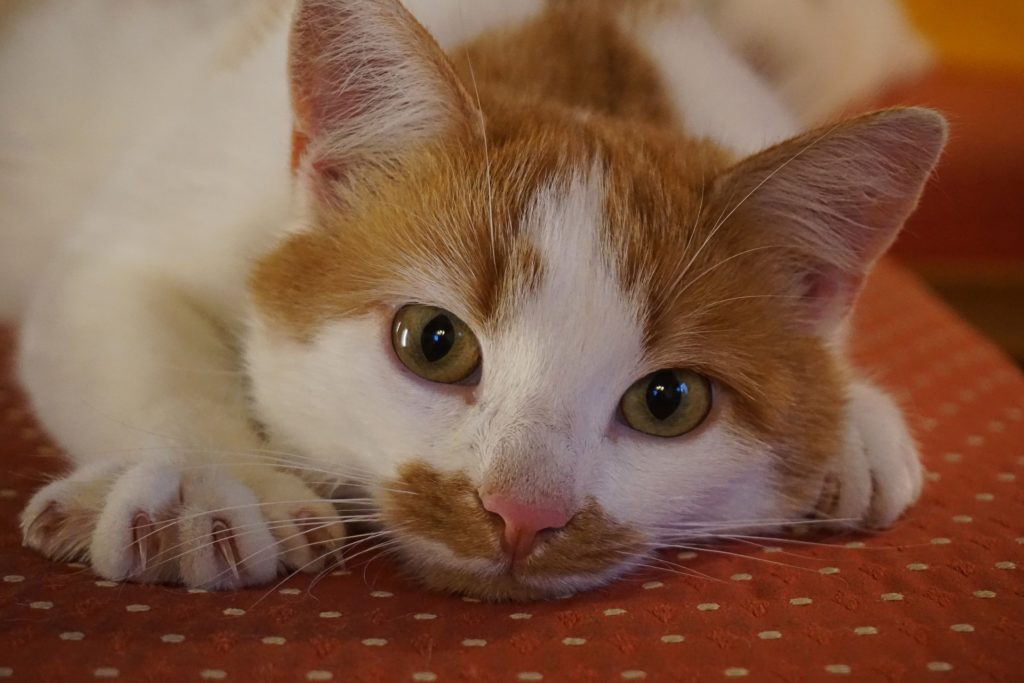
Scratching can become a problem when it begins to damage furniture, carpet, or other pieces of the household. Cats tend to scratch the corners of furniture. Cats may also scratch carpets, including area rugs. Often, cats will scratch the corners of carpeted stairs. Cats may also scratch wooden corners, especially door jambs or other areas that are already prone to wear and roughness.
Scratching can also become a problem when your cat is aggressively attacking you or other humans who are not engaged in any threatening behaviors. This type of activity can indicate that the cat is in pain or has a serious medical condition. Cats that demonstrate particularly aggressive scratching behavior should be evaluated by a veterinarian, who may refer the cat to a cat behaviorist.
It’s very important to remember that cats scratch out of instinct. Scratching is a behavior that cats feel compelled to do without necessarily understanding the mechanisms behind why they feel so inclined. We also can’t blame cats for failing to immediately understand the difference between a scratching post and a sofa. To a cat, it all just looks like some good stuff to scratch.
It’s also important to remember that scratching is a healthy behavior for cats, and you should NEVER try to fully stop your cat from scratching. Your cat’s instinct will override your authority every time. Instead, it’s up to you to give your cat plenty of appropriate scratching options to make sure they limit their scratching to locations and situations where it is acceptable.
Getting Your Cat’s Scratching Under Control
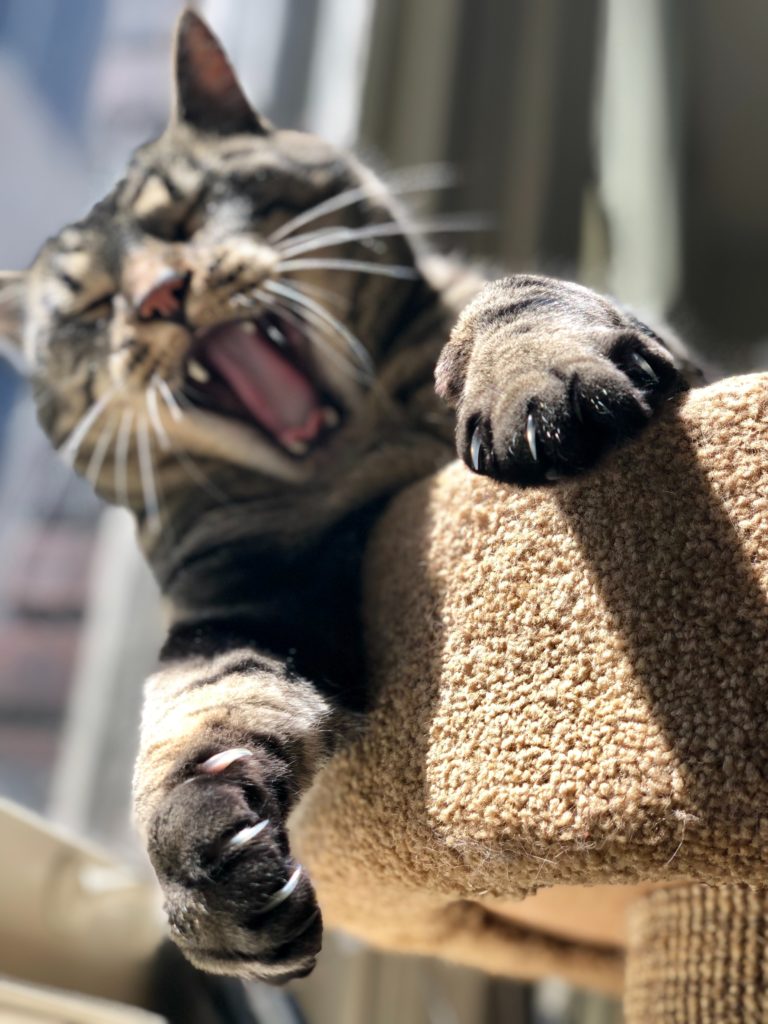
If left unmanaged, problem scratching behaviors can cause a significant amount of damage to your belongings. Correct scratching behaviors early, during kittenhood and as new behaviors emerge through adulthood. Here are some tips for getting scratching behaviors under control right away.
1. Provide Lots of Good Scratching Options
Giving cats plenty of options for scratching is essential. Different cats have different scratching preferences, and a cat’s preference may depend on its current mood or location. Sometimes cats prefer to scratch while standing horizontally on all fours, putting their weight onto their back haunches and scratching downward. Cats typically engage in this type of scratching when they are scratching carpet or flooring. Other times, cats like to scratch while standing vertically on their hind legs, scratching with a downward motion against a vertical surface. Cats that scratch in this position typically scratch door jambs or corners of wooden furniture.
Your cat may have a preference for one type of scratching over the other, but they will probably engage in both types sooner or later. Whatever the case may be, it’s important to pay attention to where your cat tends to engage in scratching and what types of materials they tend to be drawn to. Give them both a horizontal and a vertical scratching option so they will be able to scratch in any direction should they feel compelled.
Choosing the Right Material
Cats tend to prefer scratching at materials which are tough and durable but which can be damaged by their claws. They prefer the feeling of tearing over the feeling of scratching against an un-damageable surface such as rough metal or stone. As a result, materials such as cardboard and fibrous materials make good materials for scratching posts.
When choosing materials for cat scratching furniture, try to select materials that are different than the materials you are trying to get your cat to stop scratching. If, for example, your cat is scratching at your carpet, you should avoid purchasing cat furniture that is upholstered in carpeting. Instead, you should try a cardboard or fiber material that has a much different feel than the carpet you are trying to protect.
An important consideration that may be overlooked is the sound a scratching post or pad makes whenever your cat is scratching it. Cats typically like to make a lot of noise when scratching. While it may be preferable from you (the owner)’s perspective to have a quieter scratching material, your cat will disagree. Providing a scratching post or pad that makes a satisfying noise whenever your cat scratches it will encourage your cat to scratch it more frequently, protecting your furniture.
Cardboard Scratching Pads
Cardboard scratching pads work great for controlling scratching behaviors. They are relatively inexpensive, and they typically last a while before needing to be replaced.
Cardboard is especially attractive to cats since it is very shredable. They will be able to tear it apart and see the results of their scratching almost immediately.
Sisal Fabric Posts and Pads
Sisal fabric is used extensively in the production of cat furniture and scratching posts, and for good reason. This type of fabric is made of agave plant fibers. It resembles other types of fiber such as jute, but it is stronger. Sisal is often used to make rope, twine, and carpeting.
2. Play With Your Cat More
The logic is simple: your cat will scratch more if they are bored. Cats that don’t receive much attention may engage in scratching behaviors as a means of getting attention as well as expending excess energy. Making sure your cat has plenty of active playtime every day will help ensure that they don’t have too much extra energy to apply towards aggressive scratching behaviors.
When playing with your cat, make sure to incorporate scratching posts and pads. A cat may suddenly get the urge to scratch in the middle of a play session, so it’s important that they have an option available should the need arise.
3. Try Cat Training Tape
Cat training tape may be an option if your cat has already established a scratching habit on a piece of furniture or other item that you would like to try and save. Sometimes, a cat establishes a routine scratching behavior without our knowledge. This may happen if a piece of furniture is out of earshot or in a part of the household that does not receive much foot traffic.
Once the scratching behavior has been established, cat training tape may be used to try and discourage future scratching. Cat training tape is simply a type of double-sided tape that can safely be applied to furniture without leaving a film or residue. The sticky feel of the tape is unpleasant to cats, and putting cat training tape on areas where your cat has already established a scratching behavior can help break the habit by discouraging scratching.
Cat training tape is available in a variety of shapes, but it is typically transparent to try and be as unobtrusive as possible. Many shapes of tape are available so they can be cut to custom sizes to fit your furniture.
4. Bribe Your Cat With Catnip
If your cat isn’t showing much interest in the cat scratching posts and pads you’ve purchased for them, try sparking their interest with some catnip. Scratching behavior can be encouraged by sprinkling catnip on scratching posts and pads. Catnip works particularly well when sprinkled onto cardboard scratching pads. These pads contain crevices that work well for storing catnip where it can’t be immediately accessed by your cat. They will need to shred through the cardboard to reach the catnip, encouraging scratching.
The euphoric effect produced in your cat by catnip may cause them to exhibit scratching behavior. If you’re going to give your cat catnip, make sure to give them plenty of scratching options in addition to the catnip. That way they’ll have something to scratch if they get the urge.
5. Trim Your Cat’s Nails Regularly
Clipping your cat’s nails from time to time can help reduce the amount of scratching your cat feels compelled to do. For most cats, clipping the claws about once every month is sufficient, but you should consider clipping if you notice your cat’s claws getting stuck in things accidentally whenever they scratch or if you hear them clicking whenever your cat walks across hard flooring.
To trim a cat’s nail, gently hold one paw between your fingers and press down on the top of the paw. This will push the cat’s claw out if it’s sheath. Within the cat’s claw is a pink nerve ending called the quick. Trim the claw up to a point just before the quick, and avoid cutting the quick directly. Cutting the quick is painful to your cat and can cause bleeding. To avoid cutting the quick by accident, clip conservatively, opting for less claw at a safer distance from the quick. Simply removing the sharp claw point will be helpful.
If you avoid the quick, the trimming process will be painless for your cat, although they will be fidgety. Most cats do not like to have their paws manipulated, so you may need to break up the trimming process into several sittings.
6. Consider a Pet Deterrent Spray
If the other options on this list aren’t working, consider investing in a pet deterrent spray. A wide variety of deterrent sprays are available. In order for a deterrent spray to be effective, it needs to be applied regularly to ensure that its strength is maintained. It also needs to be odorless to humans, and it should not leave a film or residue after it evaporates.
Using a motion-activated pet deterrent spray is a great way to make sure that the spray is applied regularly. In fact, motion-activated pet deterrent sprays were also one of our recommendations for keeping your cats off of the kitchen counter. These types of spray also provide the added benefit of associating a noise with the application of the deterrent spray. Your cat will become startled by this noise and will begin avoiding the area around the motion-activated spray deterrent all together.
Spray deterrents may be necessary for protection of particularly vulnerable pieces of furniture or breaking heavily established scratching behaviors.
DON’T DECLAW!
No matter how irritating your cat’s scratching behaviors may be, please do not consider declawing your cat. Declawing is painful and can cause a host of other medical conditions. If your cat’s scratching behaviors seem like they cannot be corrected, see a veterinarian or cat behaviorist. Declawing should never be the answer to problems with cat scratching behaviors. You can read more about why declawing your cat is a bad idea in this post from the Humane Society of the United States.

